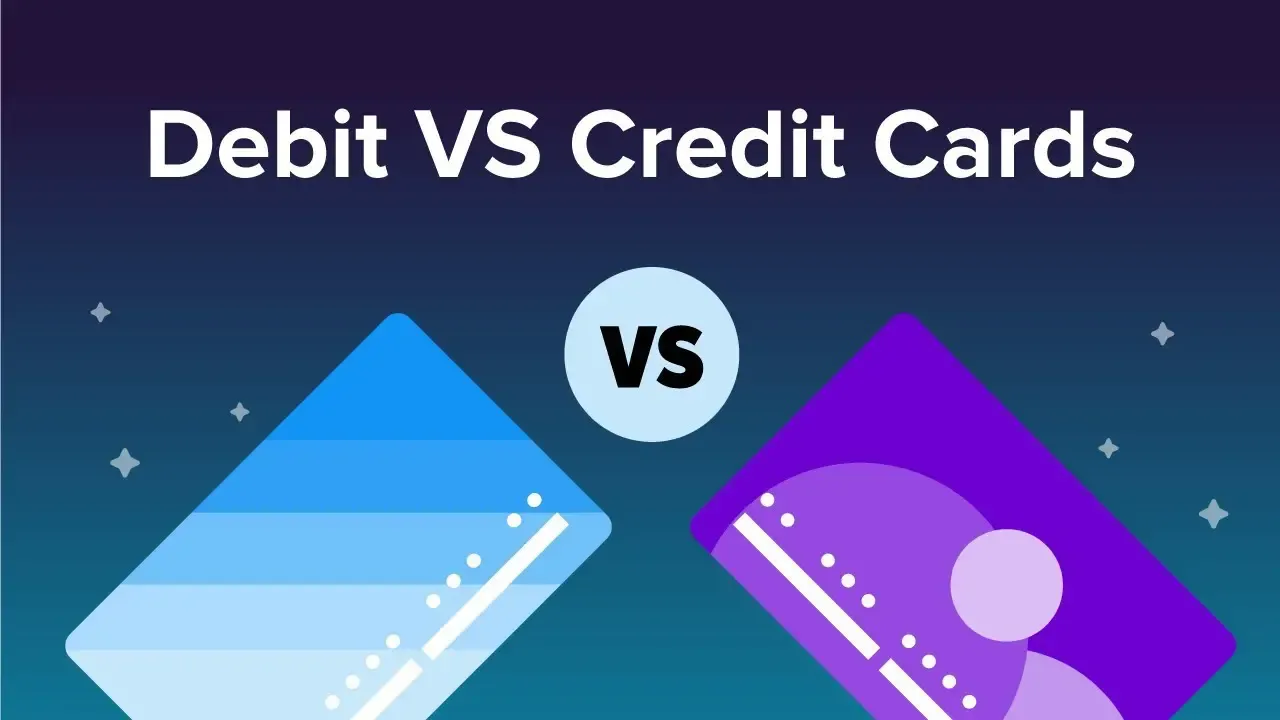Banking 101: Interest-Bearing Accounts.
Guide to choosing the right High Interest-saving account
Interest-bearing accounts have the particularity of offering a higher return on our savings.
Do you want to know how to sign up for the one that best suits your needs?
Among all banking products, interest-bearing accounts are interesting for those users who have the capacity to save (however small it may be) and who tend to maintain a positive average balance in their bank account.
In fact, an interest-bearing account can be either a checking account or a savings account. Only difference is that they offer a return on savings without assuming any risk. It is up to the customer to check which one best suits his or her objectives.
In this comparative guide we give you all the tips so that you can find your way around the world of finance and discover how you can get one of the most basic and sought-after financial products in existence.
What are interest-bearing accounts?
An interest-bearing account is a bank account generally focused on savings. It is a contract between a person (individual or legal entity) and a bank. They can be used as a deposit of funds, the withdrawal of which is not limited. They can also be used for financial transactions.
An interest-bearing account is usually focused on savings, but can also be used for day-to-day business.
Before going into the subject, we should explain the fundamental difference between a checking account and a savings account, since, although they are two very similar banking products, they contain a series of characteristics that cause them to be offered differently.
Checking account
A checking account is a treasury and support product. A basic element for managing our day-to-day financial operations. In other words, although it allows savings, it is not oriented towards this objective.
Financial transactions are the main function of this type of account. Checking accounts offer the possibility of depositing and withdrawing funds, withdrawing cash, paying bills by direct debit, supporting loans, cards and other more complex banking products.
Checking accounts allow complete operations. They are treasury products and serve as a support for linking other types of financial operations.
Savings accounts
The savings account is another type of bank account, in which the main objective is to keep a deposit of funds on demand (i.e. with total liquidity). It is similar to a bank deposit, except that there are no maturities.
The deposited funds are used by the entity to maintain its financial business, therefore, they usually offer interest on them (in themselves they are remunerated accounts).
Savings accounts, as their name suggests, are designed to act as money deposits in which cash withdrawals can be made freely. Although they can also offer other types of ancillary services
All this does not mean that savings accounts cannot serve as a support and operational management element of our finances, but such functions may be more limited than in checking accounts.
Interest-bearing account
Having seen the difference between the two types of accounts, we are in a position to state that an interest-bearing account can be of both types. However, given that the objective of this product is to obtain a return on our money, it would mainly be sufficient to contract a savings account (given that this is its main function).
The purpose of offering support and management of our operating finances would be subordinated, as a second-order objective.
When we talk about this type of account, we are not only referring to savings accounts. It is also possible to access interest-bearing checking accounts and enjoy treasury and support services.
In this sense, there are accounts on the market that offer all the functions of an ordinary checking account and offer the typical profitability of a savings account.
On the other hand, it is possible that remunerated checking accounts have certain limitations in terms of operation (for example, not allowing the debiting of receipts). It is necessary to request the product sheet and read all its conditions, as well as the contract itself before signing it.
An interest-bearing account is more focused on savings, but this does not mean that it has to be a savings account as such. There are interest-bearing checking accounts.
In short, remunerated accounts (they can be both types) offer profitability for our savings, in the form of interest. These yields are agreed by contract and, in the event of a change in them, the bank must give us 60 days’ notice. At this point, the client can decide whether he/she is interested in keeping the account open or switching to another entity that offers better conditions.
The main feature of an interest-bearing account is to offer a return on the money deposited.
The difference between an interest-bearing account and a bank deposit is the liquidity of the former. The user can withdraw his money at any time (they are often called “demand deposits”).
Among the advantages of this type of accounts we can include that they have no risk and that the money is protected by Federal Deposit Insurance Corporation or FDIC, who covers up to $ 250,000.


